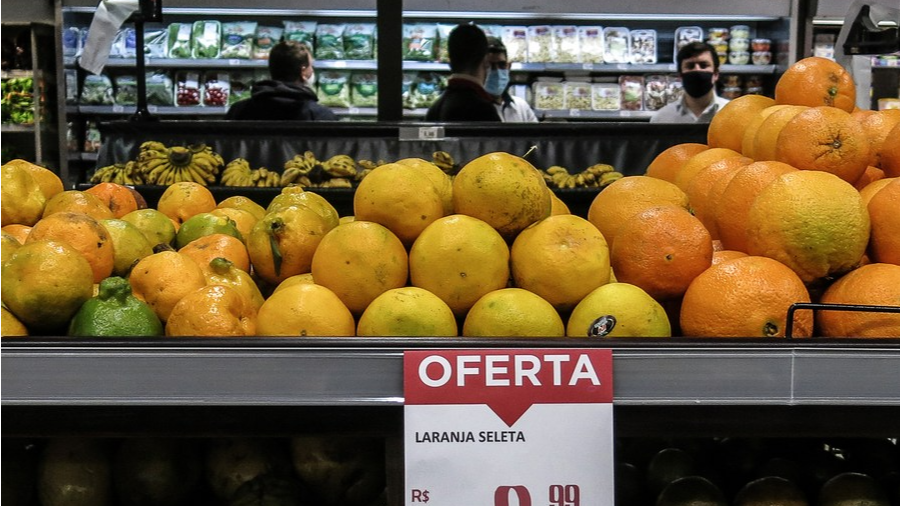
SAO PAULO - Greening disease, caused by bacteria transmitted by the Asian citrus psyllid, has infected nearly 48 percent of Brazil's citrus belt, according to new data from industry-funded research group Fundecitrus on Wednesday.
Such infections have increased for an eighth year in Brazil, the world's largest orange producer and orange juice exporter, hurting orange production, Fundecitrus said.
In the 2024/2025 season, Brazil's orange output is estimated at 230.9 million 40.8 kilogram boxes, the smallest in several years, Fundecitrus said. Although orange groves were expected to recover, the severity of greening is taking a toll on trees.
READ MORE: Brazil reports world's first deaths from Oropouche fever
In May, Fundecitrus had forecast Brazil's orange production in 2025/2026 would reach 314.6 million boxes, but on Wednesday it cut the forecast by 2.5 percent to 306.74 million boxes.
In the United States (US), Florida has also grappled with citrus greening disease for more than a decade, shrinking the state's output. The disease also made the US more dependent on orange juice imports from Brazil.
The infected trees produce fruits that are green, misshapen and bitter, unsuitable for sale as fresh fruit or for juice.
According to CropLife Latin America, a trade group representing chemical firms, the disease has caused $120 million in losses each year in Brazil.
READ MORE: Virus is deadlier in Brazil than India and no one knows why
Greening is believed to be responsible for the death of more than 50 million trees in Asia and 10 million in Africa over the last seven years, CropLife's website said.
In Brazil, favorable weather conditions for the proliferation and survival of the bacteria have made greening a persisting problem.
Sao Paulo and Minas Gerais state comprise Brazil's main citrus belt.


